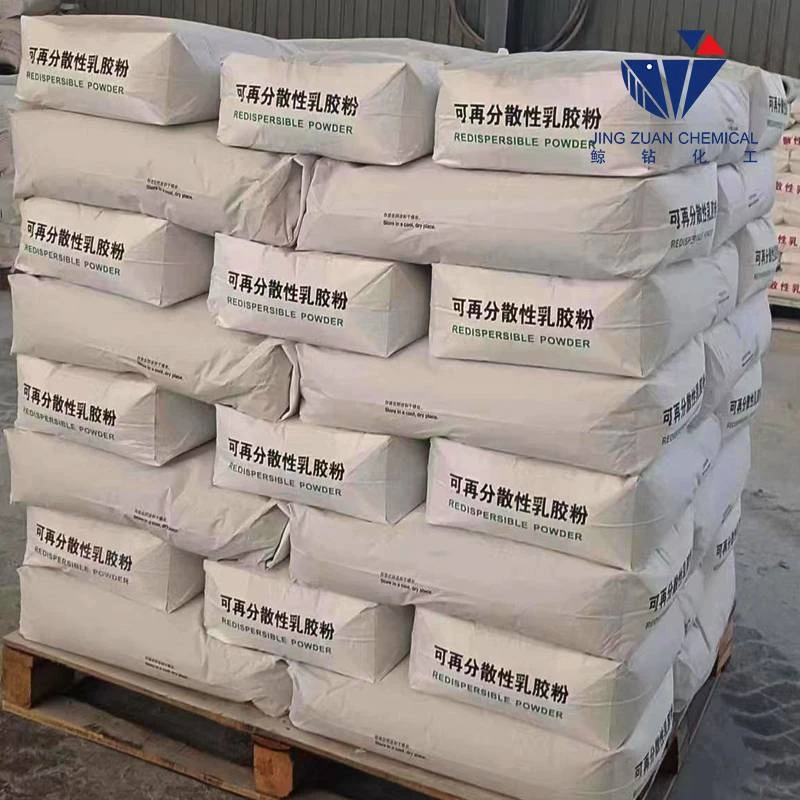
Nov . 05, 2024 01:21 Back to list
hpmc solubility in water
HPMC Solubility in Water Understanding Its Properties and Applications
Hydroxypropyl methylcellulose (HPMC) is a semi-synthetic polymer derived from cellulose, one of the most abundant natural biopolymers. It is widely used in various industries due to its unique properties, with solubility in water being a crucial characteristic that defines its applications. Understanding HPMC's solubility and behavior in aqueous solutions is vital for its effective utilization, particularly in pharmaceuticals, food production, and construction materials.
Chemical Composition and Structure
HPMC is produced by the modification of cellulose through a chemical process involving the substitution of hydroxyl groups with hydroxypropyl and methyl groups. This alteration enhances the hydrophobic character of the polymer while maintaining sufficient hydrophilic properties to allow for solubility in water. The degree of substitution (the ratio of hydroxypropyl and methyl groups to cellulose) significantly influences the solubility and viscosity of HPMC in water.
Solubility Mechanism
HPMC exhibits a unique behavior in water. When introduced to an aqueous medium, it forms a viscous colloidal solution. The solubility of HPMC depends on several factors such as the molecular weight of the polymer, the temperature of the solution, and the pH. Higher molecular weight HPMC tends to create more viscous solutions due to the increased entanglement of polymer chains, which can lead to different applications depending on the required viscosity.
The solubility of HPMC also improves with increasing temperature until a certain limit is reached, beyond which degradation or precipitation may occur. Therefore, controlling the temperature is essential when preparing HPMC solutions for industrial applications.
hpmc solubility in water

Applications of HPMC in Various Industries
1. Pharmaceuticals In the pharmaceutical sector, HPMC is utilized as a binder, thickening agent, and film-forming agent in tablet formulations and controlled-release drugs. Its solubility in water allows for efficient drug release when the tablets dissolve in gastrointestinal fluids. Moreover, HPMC's ability to form gels can be exploited in creating sustained-release formulations.
2. Food Industry HPMC is commonly used as a food additive, serving as a thickener, emulsifier, and stabilizer. It is particularly popular in gluten-free products, as it enhances texture and moisture retention. Its solubility in water makes it an ideal choice for creating stable emulsions and suspensions, improving the overall quality of food products.
3. Construction Materials In the construction industry, HPMC is an essential component in cement, tile adhesives, and mortar formulations. Its water-retaining properties improve workability and adhesion, while its solubility ensures easy mixing and application. The use of HPMC in dry-mix mortars enhances their performance, providing better binding and flexibility.
4. Cosmetics HPMC is also present in cosmetic formulations, serving as a thickener and stabilizer. Its solubility in water allows for the easy formulation of gels, lotions, and creams, providing a smooth consistency and enhancing the overall aesthetic appeal of cosmetic products.
Conclusion
The solubility of HPMC in water is a defining characteristic that facilitates its diverse applications across multiple industries. By understanding the factors influencing its solubility, manufacturers can optimize the performance of HPMC in their products, from pharmaceuticals to construction materials. As research and development continue to evolve, the potential for innovative applications of HPMC remains vast, promising enhancements in efficiency, sustainability, and overall product quality. The ongoing exploration of HPMC and its solubility characteristics may lead to even broader applications, solidifying its position as a crucial polymer in modern technology.
-
Versatile Hpmc Uses in Different Industries
NewsJun.19,2025
-
Redispersible Powder's Role in Enhancing Durability of Construction Products
NewsJun.19,2025
-
Hydroxyethyl Cellulose Applications Driving Green Industrial Processes
NewsJun.19,2025
-
Exploring Different Redispersible Polymer Powder
NewsJun.19,2025
-
Choosing the Right Mortar Bonding Agent
NewsJun.19,2025
-
Applications and Significance of China Hpmc in Modern Industries
NewsJun.19,2025







